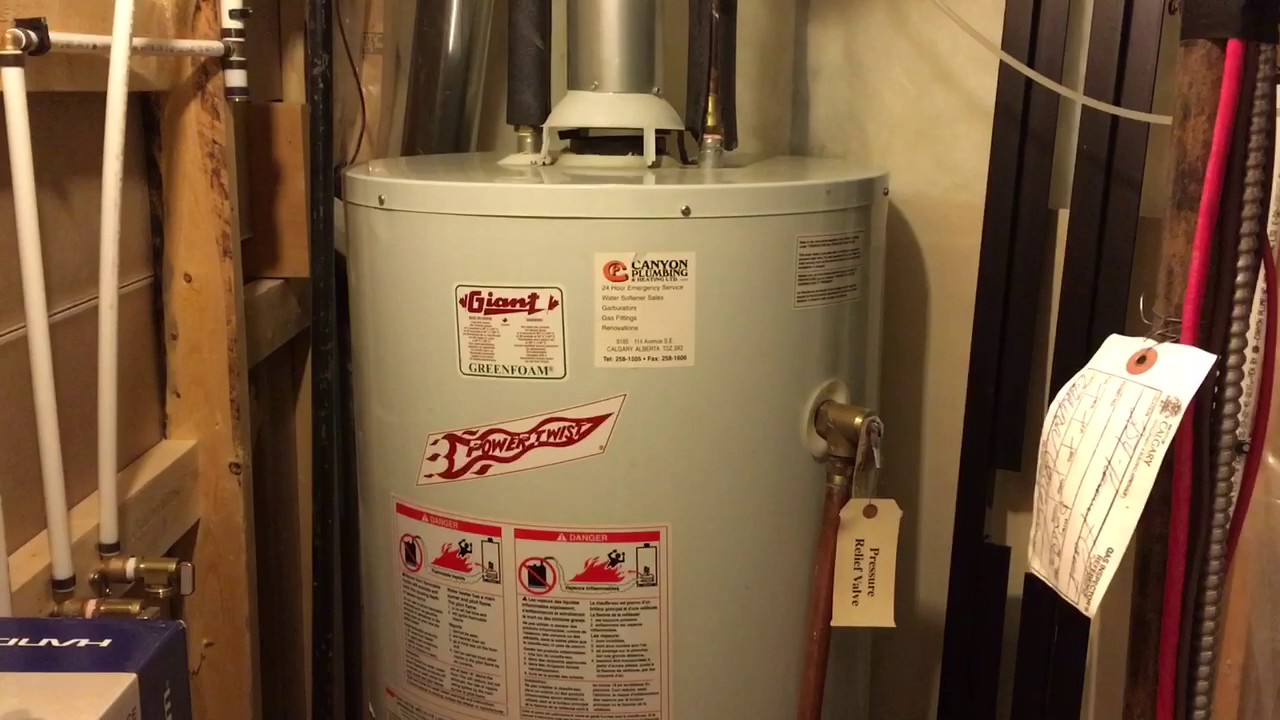

Articles
How To Refill A Water Heater
Modified: February 22, 2024
Learn how to easily refill your water heater with our informative articles. Find step-by-step instructions and tips for maintaining your water heater.
(Many of the links in this article redirect to a specific reviewed product. Your purchase of these products through affiliate links helps to generate commission for Storables.com, at no extra cost. Learn more)
Introduction
Water heaters play a crucial role in our daily lives, providing us with hot water for showers, cleaning, and various other household tasks. Over time, sediment and minerals can build up inside the water heater tank, reducing its efficiency and potentially damaging the heating elements. To ensure optimal performance and prolong the lifespan of your water heater, it is important to regularly refill and flush out the tank.
In this article, we will guide you through the process of refilling a water heater. By following these simple steps and taking the necessary safety precautions, you can maintain the efficiency of your water heater and avoid costly repairs in the future.
Key Takeaways:
- Regularly refilling and flushing your water heater removes sediment, improves energy efficiency, and extends its lifespan, saving you money on heating costs and reducing the need for repairs.
- Prioritize safety by turning off the power and shutting off the water before draining and refilling your water heater. Wear protective gear and follow manufacturer’s instructions for a successful refill.
Read more: How To Refill Water Dispenser Bottle
Safety Precautions
Before you begin the process of refilling your water heater, it is important to prioritize safety. Here are some key safety precautions to keep in mind:
- Turn off the power: Before doing anything, make sure to turn off the power supply to the water heater. This will prevent any potential electrical hazards during the refill process.
- Protective Gear: Wear gloves and safety goggles to protect your hands and eyes from any potential burns or splashes. Hot water can cause serious injuries, so it’s important to take the necessary precautions.
- Ensure Proper Ventilation: Make sure that the area where your water heater is located is well-ventilated. This will help dissipate any gas buildup or fumes that may occur during the refill process.
- Be Mindful of Hot Surfaces: The water heater and surrounding pipes can become extremely hot during operation. Avoid touching any exposed surfaces to prevent burns.
- Use Caution with Tools: If you need to use any tools during the refill process, exercise caution. Make sure you understand how to use them properly to avoid injury.
- Follow Manufacturer’s Instructions: Every water heater is unique, so it’s important to consult the manufacturer’s instructions for specific safety guidelines and steps to follow when refilling your particular model.
By adhering to these safety precautions, you can ensure a safe and successful water heater refill process.
Step 1: Turn Off the Power
Before you begin draining and refilling your water heater, it is essential to turn off the power supply. This will prevent any accidents or electric shocks during the process. Follow these steps to safely turn off the power:
- Locate the circuit breaker or fuse box that controls the water heater. It is usually labeled and separate from the main power supply.
- Switch off the circuit breaker or remove the fuse corresponding to the water heater.
- Alternatively, if your water heater has a dedicated power switch near the unit, turn it off.
- Double-check that the power is indeed off by attempting to turn on a hot water faucet. If no hot water comes out, it means the power to the water heater is successfully turned off.
By following these steps, you ensure that the water heater is completely disconnected from the power supply, making it safe to proceed with the next steps of the refill process.
Step 2: Shut Off the Water Supply
Once the power to the water heater is turned off, the next step is to shut off the water supply. This will prevent a constant flow of water into the tank while you are draining it and refilling it. Here’s how you can shut off the water supply:
- Locate the shut-off valve on the water supply line connected to the water heater. This valve is typically located near the top of the water heater, on the cold water inlet pipe.
- Turn the valve clockwise to shut off the water supply to the water heater. You may need to use a wrench or pliers to turn it if it’s difficult to move.
- Once the valve is fully closed, check that the water flow has stopped by turning on a hot water faucet in your home. If no water comes out, it means that the water supply to the water heater is successfully shut off.
It’s important to note that some water heaters may have a separate shut-off valve on the hot water outlet pipe as well. If your water heater has this valve, make sure to close it as well to completely stop the water flow.
By shutting off the water supply, you ensure that no additional water enters the tank while you’re draining and refilling it, allowing for a smooth and efficient process.
Step 3: Drain the Water Heater
Now that the power is off and the water supply is shut off, it’s time to drain the water heater. Draining the tank will remove any sediment or buildup that may have accumulated over time. Follow these steps to effectively drain the water heater:
- Locate the drain valve at the bottom of the water heater. It is typically a small valve with a handle or a knob.
- Place a large bucket or a drain pan underneath the valve to catch the water as it drains out.
- Slowly open the drain valve by turning it counterclockwise. Be careful as the water may be hot.
- Allow the water to completely drain from the tank. Depending on the size of the tank and the amount of sediment present, this may take a while.
- If the flow of water slows down or stops before the tank is fully drained, you can try opening the pressure relief valve on the top of the water heater to help with the draining process.
Remember to exercise caution while draining the water heater, as the water may still be hot. Additionally, be mindful of any leftover sediment or debris that may come out with the water. Once the tank is fully drained, you can proceed to the next step of the refilling process.
Before refilling a water heater, make sure to turn off the power or gas supply to the unit. Then, open the pressure relief valve and allow the tank to fill completely before turning the power or gas back on.
Read more: How To Check A Water Heater
Step 4: Close the Drain Valve
After draining the water heater, it is important to close the drain valve before proceeding with the refill process. Here’s how you can close the drain valve:
- Ensure that the water heater is completely drained and no water is flowing out of the drain valve.
- Carefully turn the drain valve clockwise to close it. Make sure it is tightly closed to prevent any leaks once the water heater is refilled.
- If the drain valve is difficult to turn or does not close properly, you may need to use a wrench or pliers to gently tighten it.
By closing the drain valve securely, you ensure that no water will escape from the tank when it is refilled. This step is crucial to maintain the proper functioning of the water heater.
Step 5: Refill the Water Heater
Now that the water heater is drained and the drain valve is closed, it’s time to refill the tank with fresh water. Follow these steps to effectively refill the water heater:
- Locate the cold water inlet pipe connected to the water heater. This is usually at the top of the tank.
- Slowly open the shut-off valve on the cold water inlet pipe to allow water to flow into the tank.
- While the tank is refilling, keep an eye on the pressure relief valve on the top of the water heater. Once water starts flowing steadily from the valve, it indicates that the tank is filling up.
- Continue filling the tank until the water level reaches the desired level, which is typically indicated on the water heater or mentioned in the manufacturer’s instructions.
- Once the tank is properly refilled, close the pressure relief valve.
It is important to refill the water heater slowly to prevent any air pockets from forming inside the tank. Air pockets can interfere with the proper functioning of the water heater.
After refilling the tank, make sure to check for any signs of leaks around the joints and valves. If you notice any leaks, tighten the connections or replace any faulty parts to ensure a watertight seal.
Step 6: Turn On the Power
With the water heater tank refilled and all connections checked for leaks, the final step is to turn on the power supply. Here’s how to safely turn on the power to your water heater:
- Ensure that all faucets or hot water outlets are closed throughout your home.
- Locate the circuit breaker or fuse that controls the power supply to the water heater.
- Flip the circuit breaker switch back on or insert the fuse back into place. Alternatively, if your water heater has a dedicated power switch near the unit, turn it back on.
- Allow the water heater to heat the newly refilled water. This process may take some time, depending on the size of the tank and the efficiency of your water heater.
- To ensure the proper functioning of the water heater, monitor the unit for any unusual noises, leaks, or issues with the heating. If you notice any problems, consult a professional for assistance.
It is recommended to follow the manufacturer’s instructions for your specific water heater model when turning on the power, as different units may have specific requirements or additional steps.
By following these steps and turning on the power, you can now enjoy hot water from your freshly refilled water heater.
Conclusion
Refilling a water heater is an essential maintenance task that ensures optimal performance and longevity of the unit. By following the steps outlined in this article and taking the necessary safety precautions, you can successfully refill your water heater and keep it running efficiently for years to come.
Remember to always prioritize safety by turning off the power supply and shutting off the water before draining the tank. Take caution while handling hot water and use appropriate protective gear to prevent any injuries.
Regularly refilling your water heater not only removes sediment and buildup but also improves its energy efficiency, saving you money on heating costs. Additionally, a well-maintained water heater will have a longer lifespan, reducing the need for frequent repairs or replacements.
While this article provides a general guide to refilling a water heater, it is important to consult the manufacturer’s instructions for your specific model, as different units may have unique requirements.
By following the steps outlined in this article and staying proactive with the maintenance of your water heater, you can enjoy a reliable and efficient supply of hot water in your home.
Frequently Asked Questions about How To Refill A Water Heater
Was this page helpful?
At Storables.com, we guarantee accurate and reliable information. Our content, validated by Expert Board Contributors, is crafted following stringent Editorial Policies. We're committed to providing you with well-researched, expert-backed insights for all your informational needs.
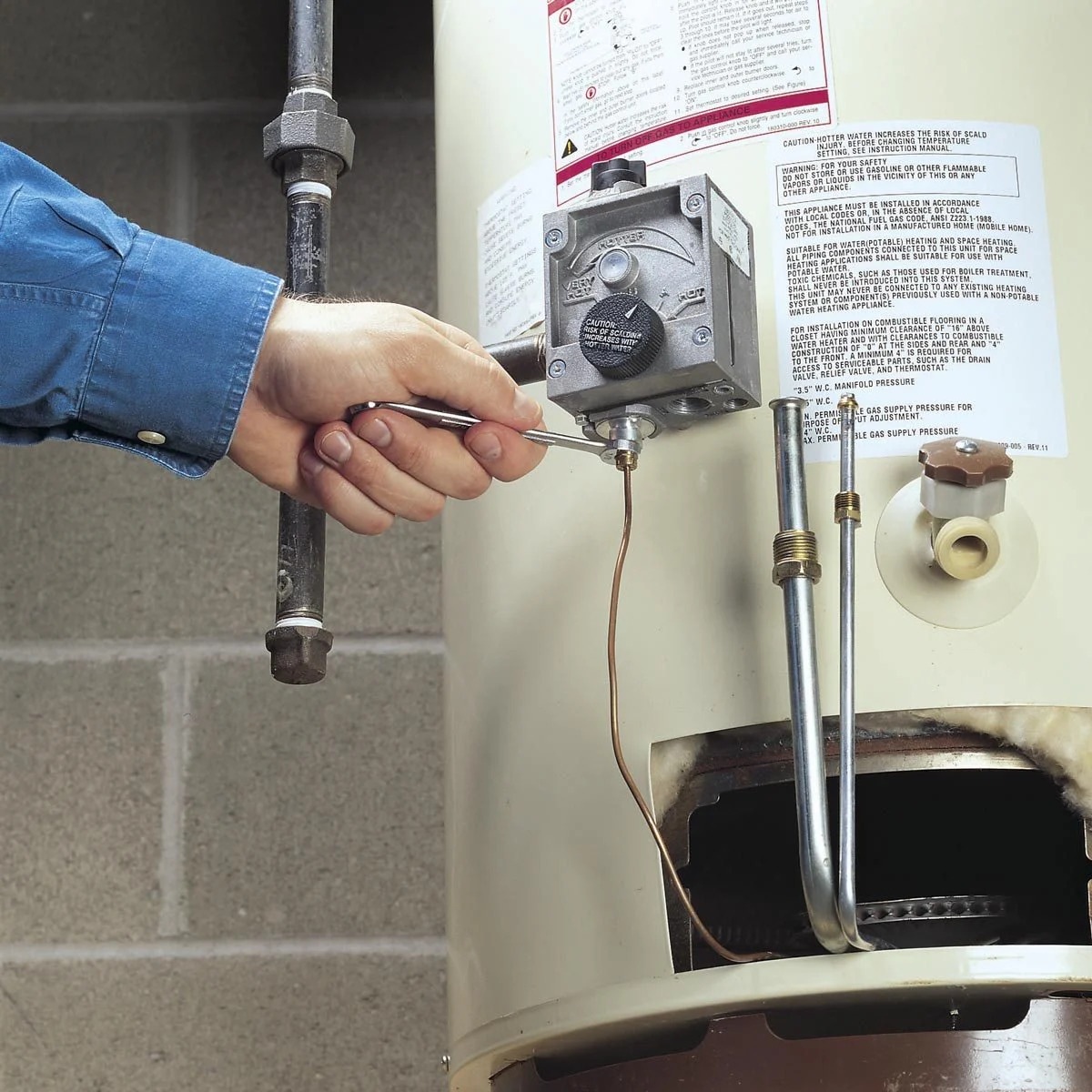
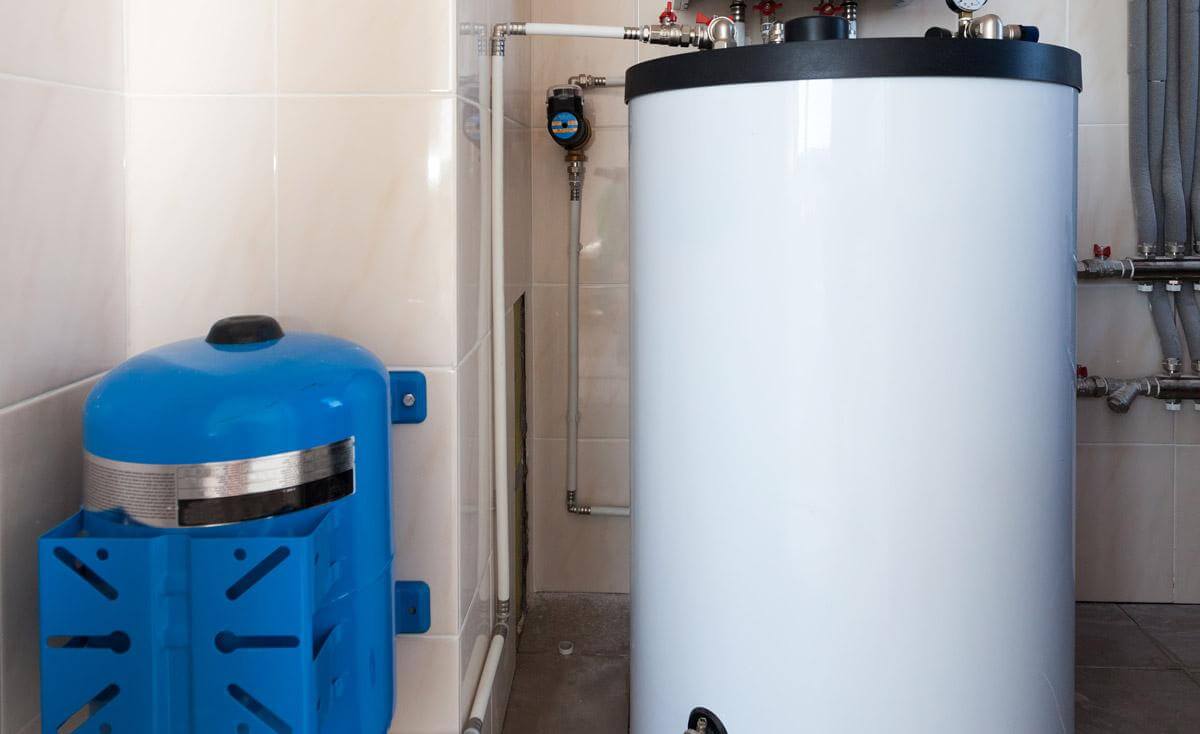
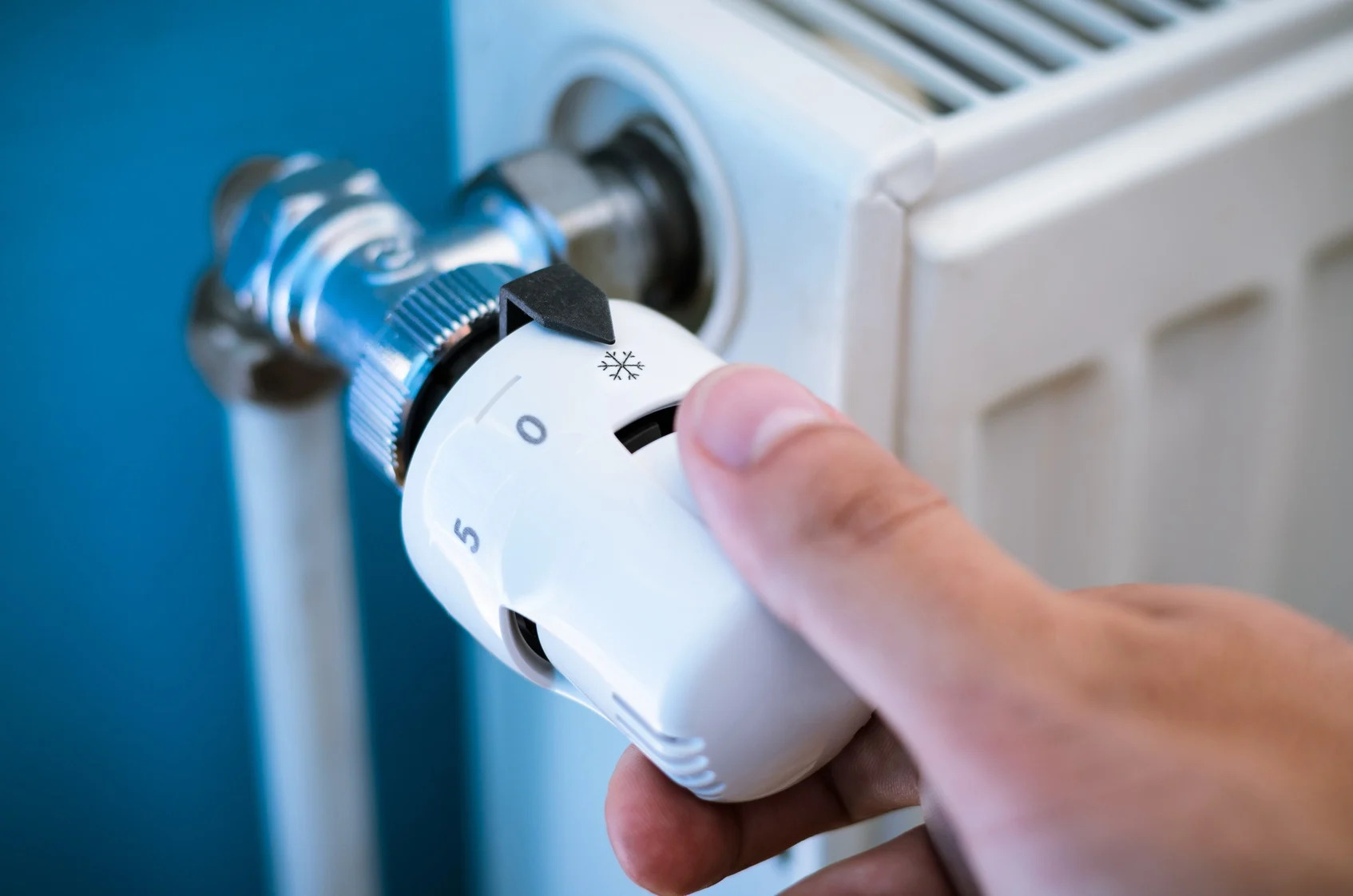
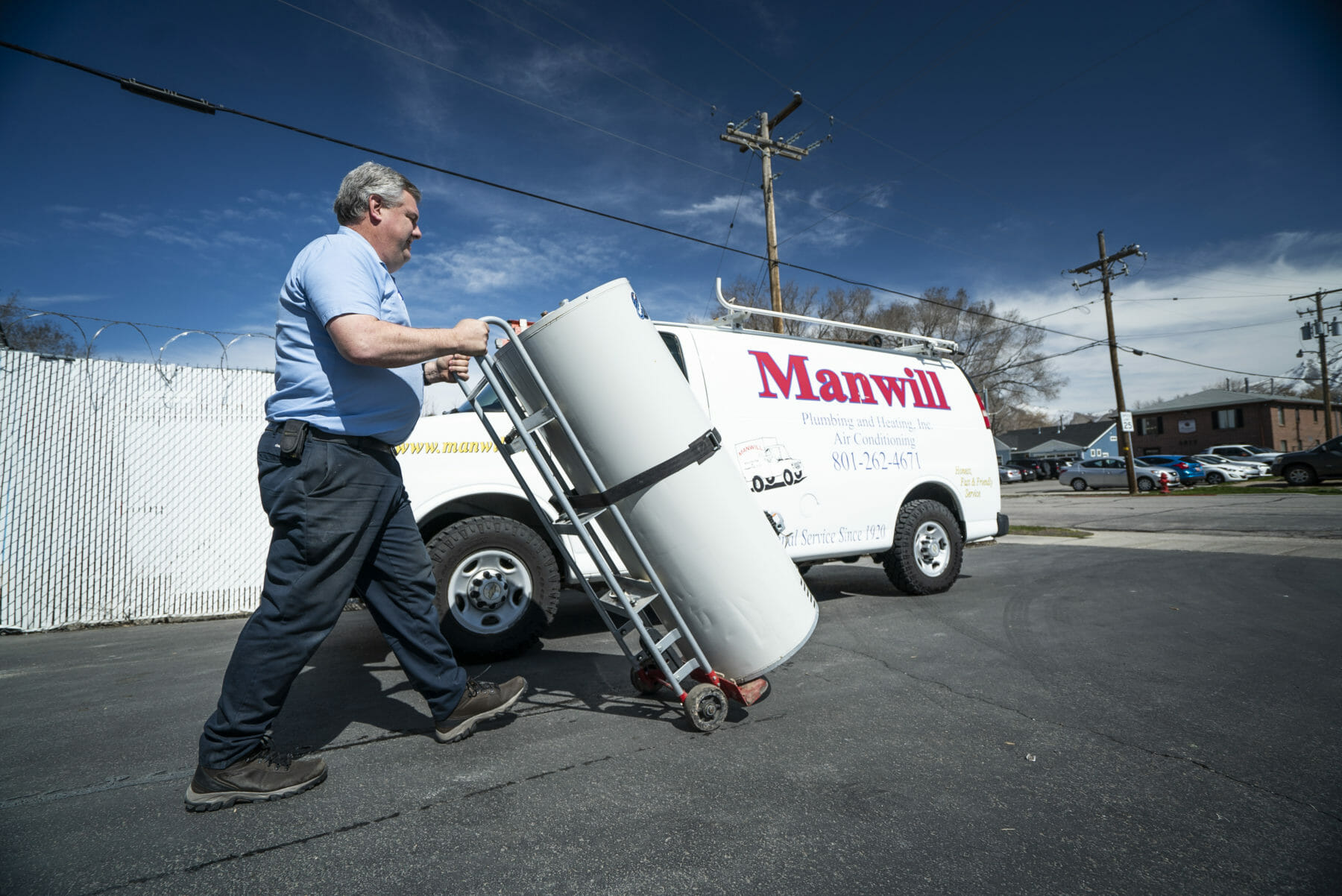
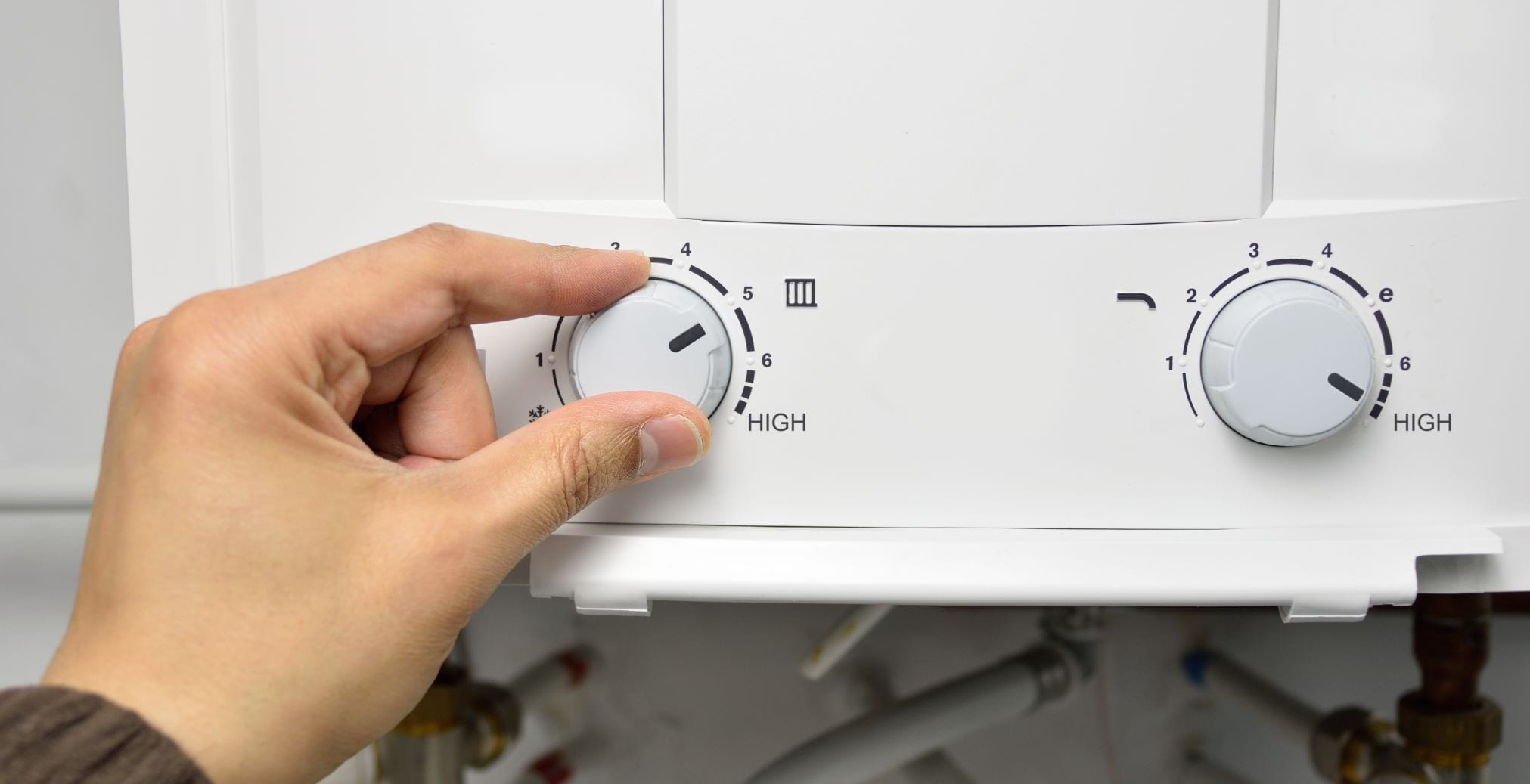
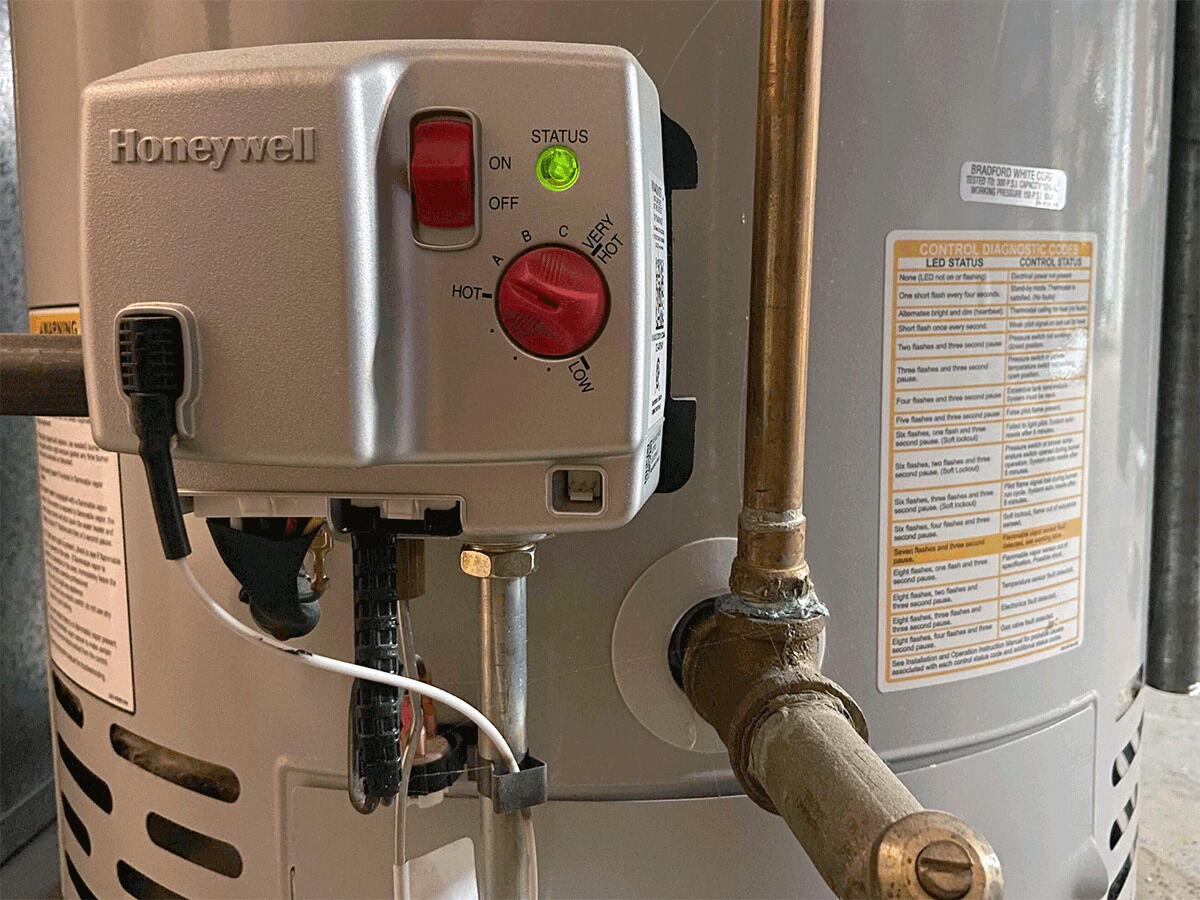
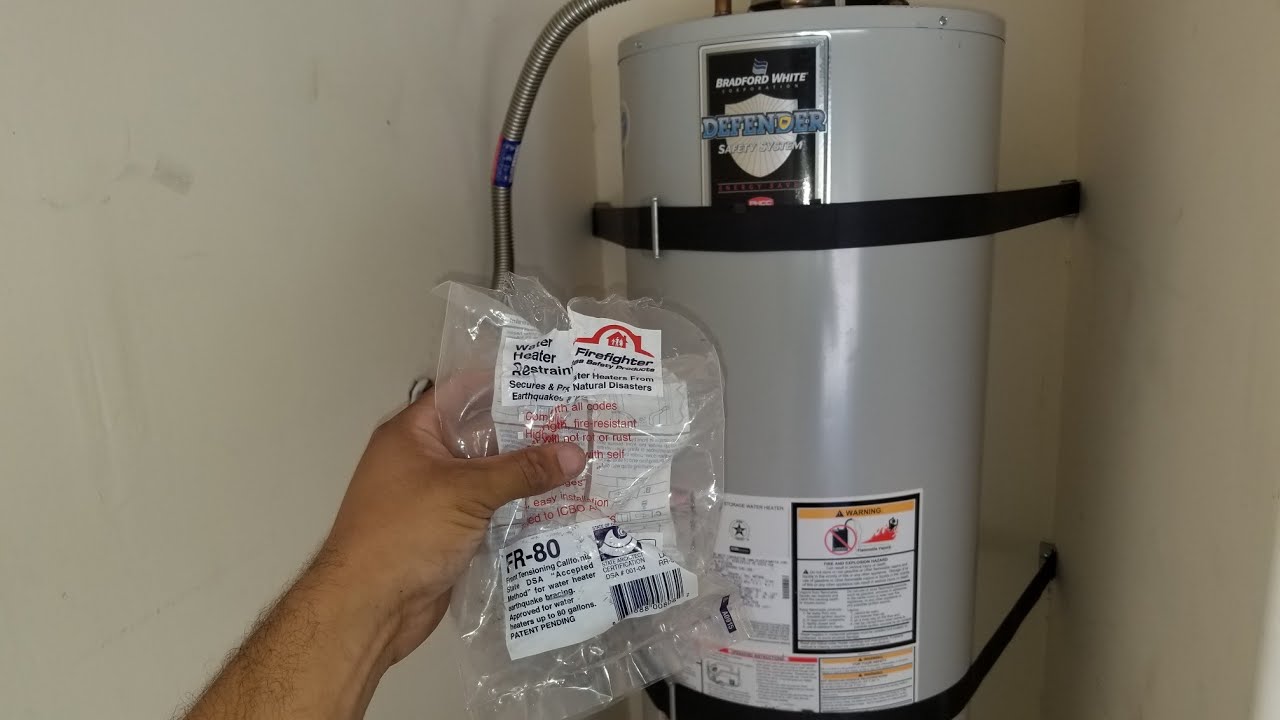
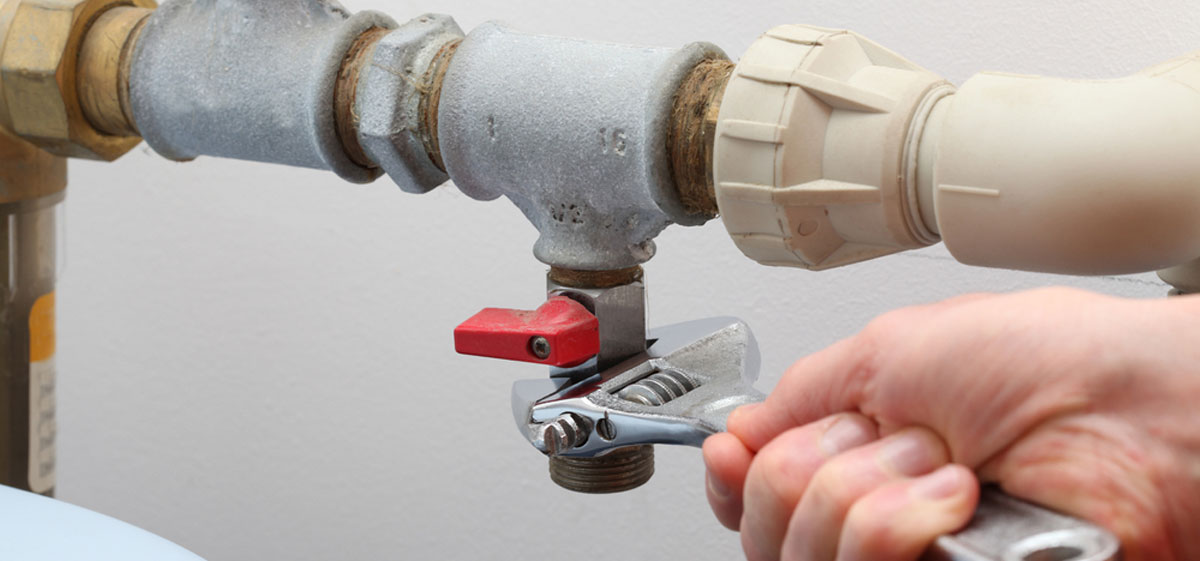
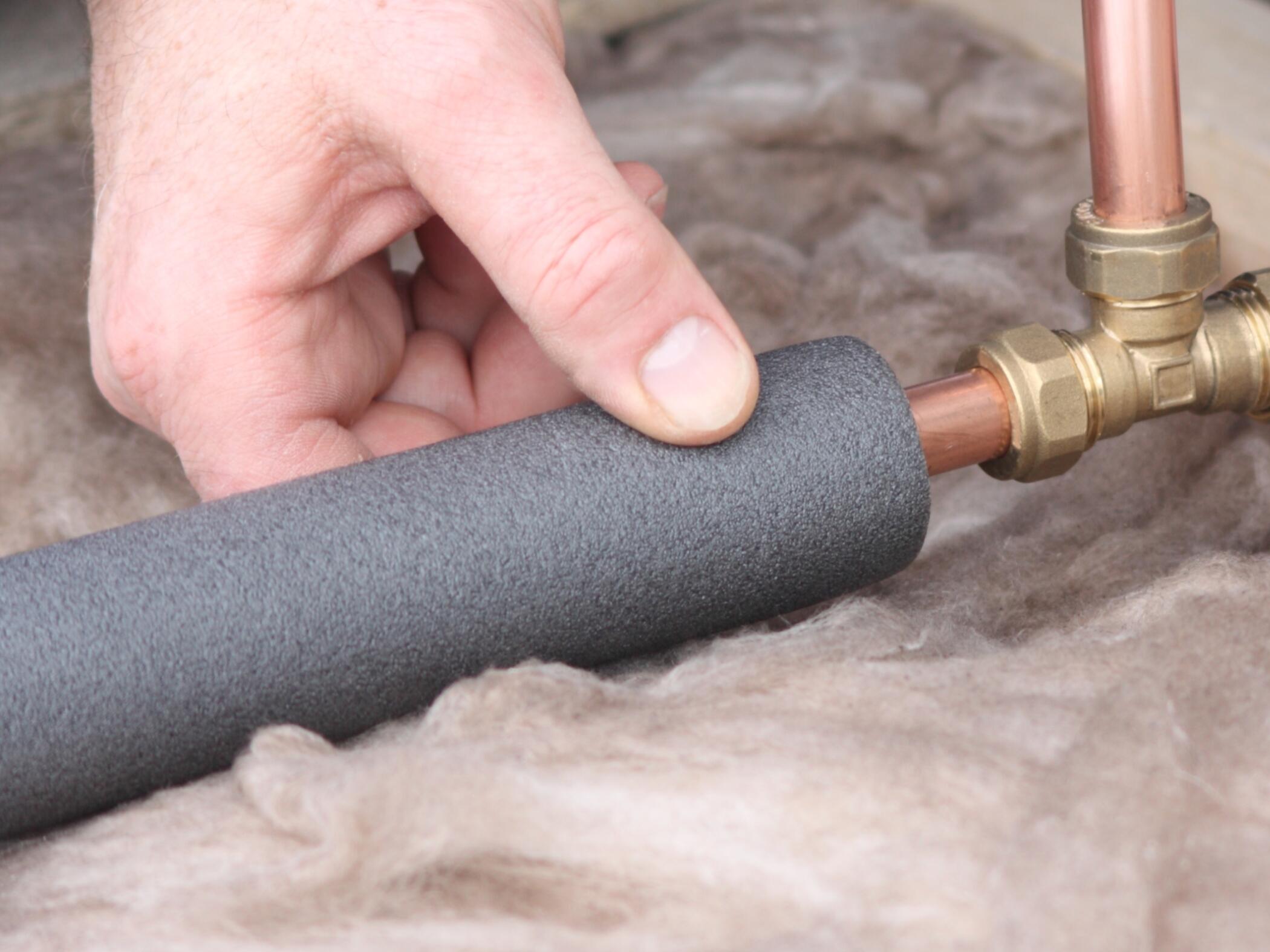
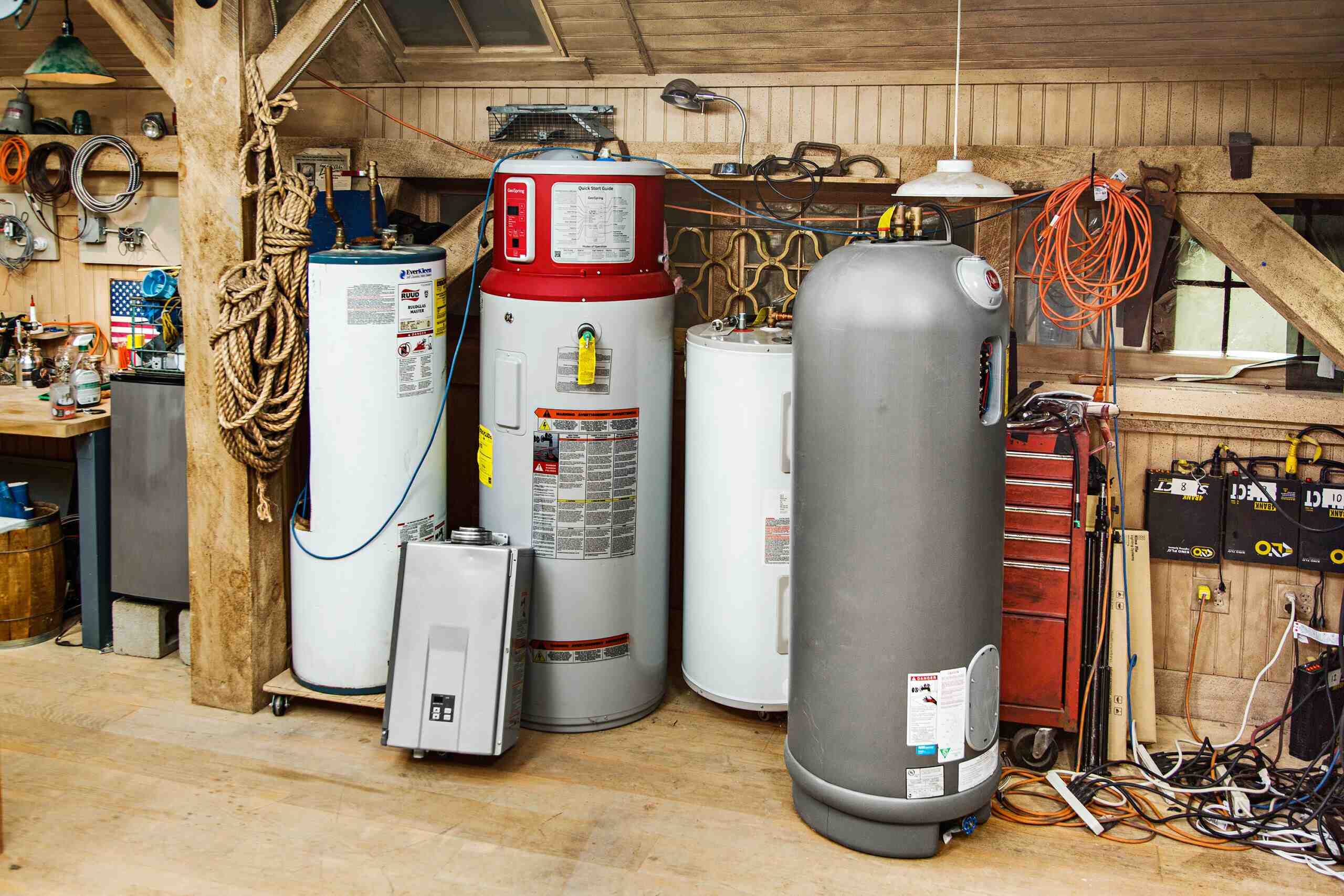

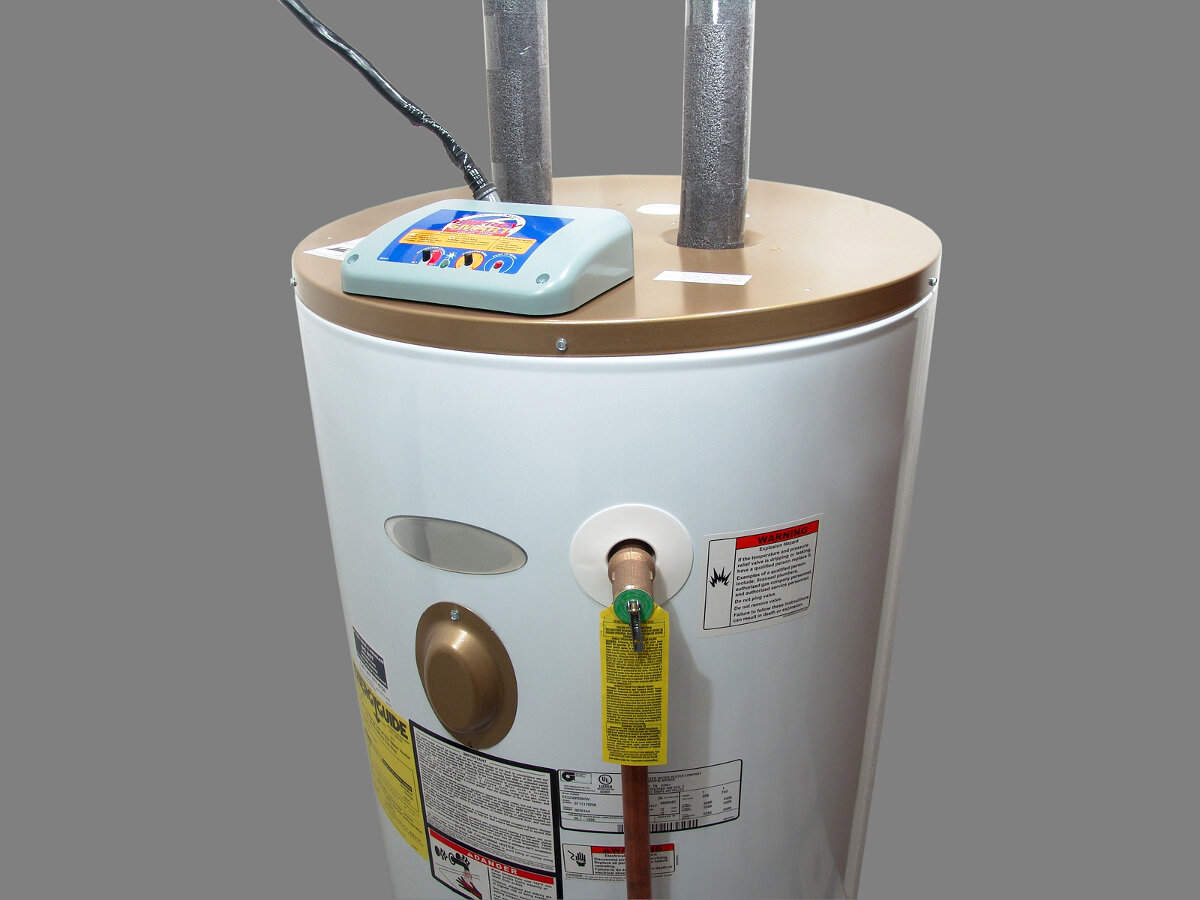
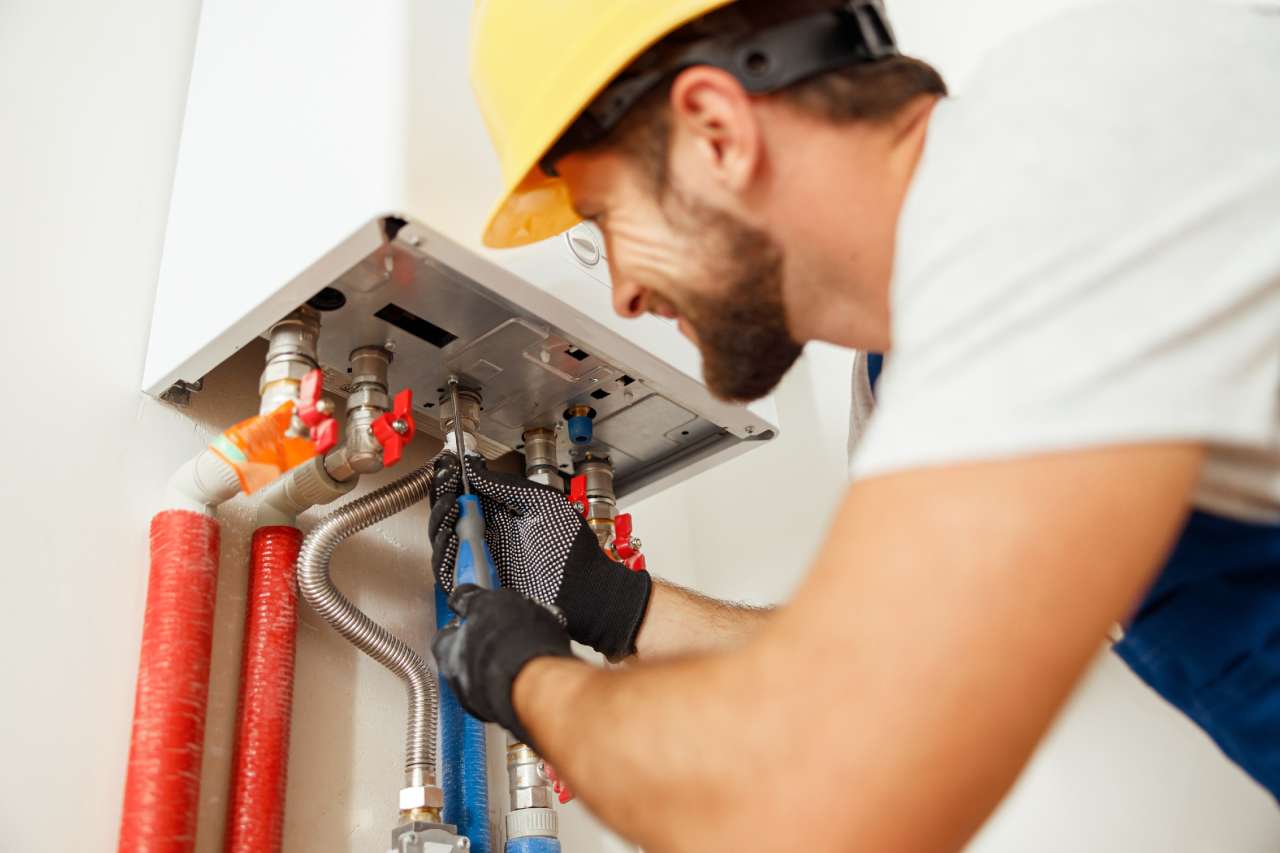
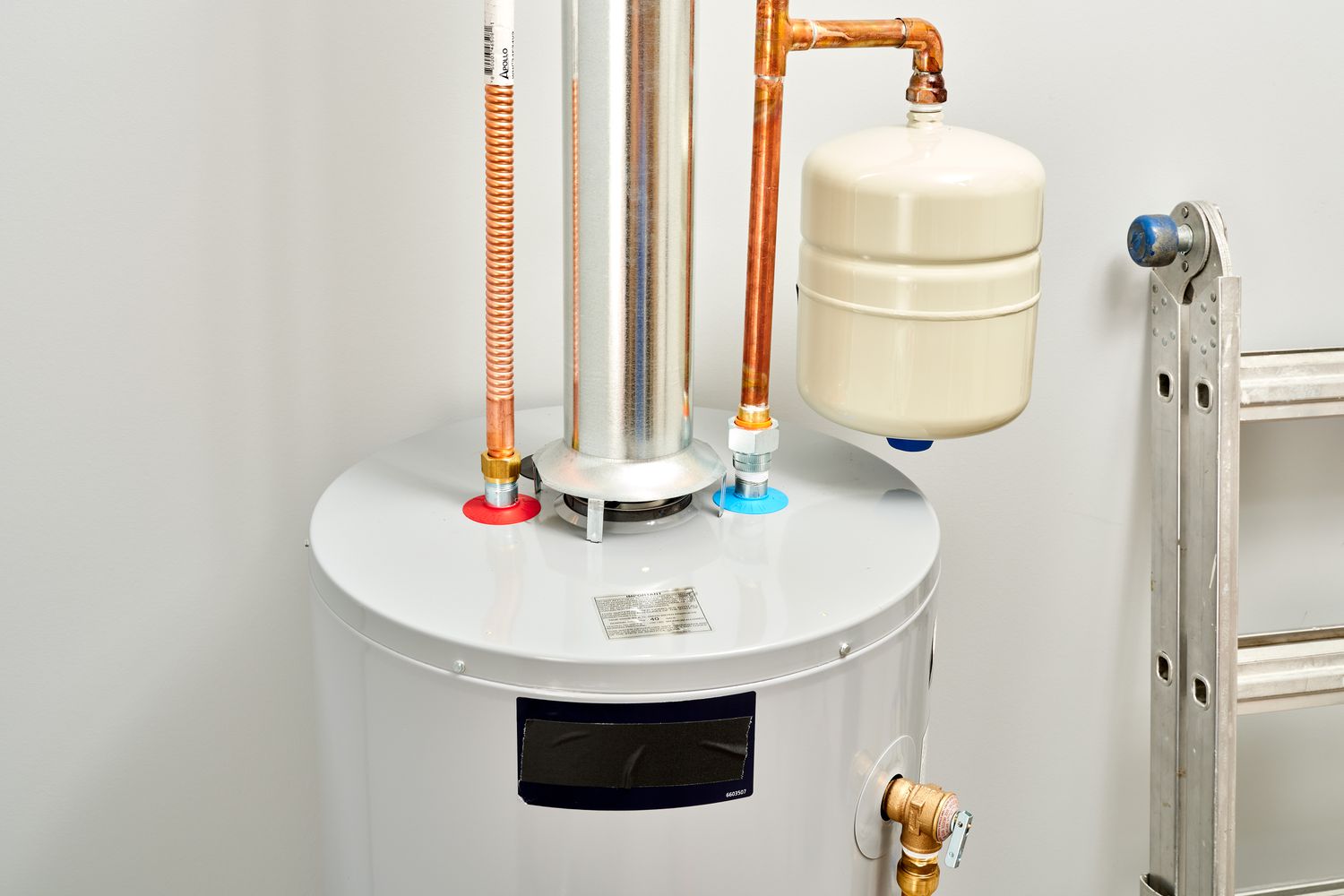

0 thoughts on “How To Refill A Water Heater”